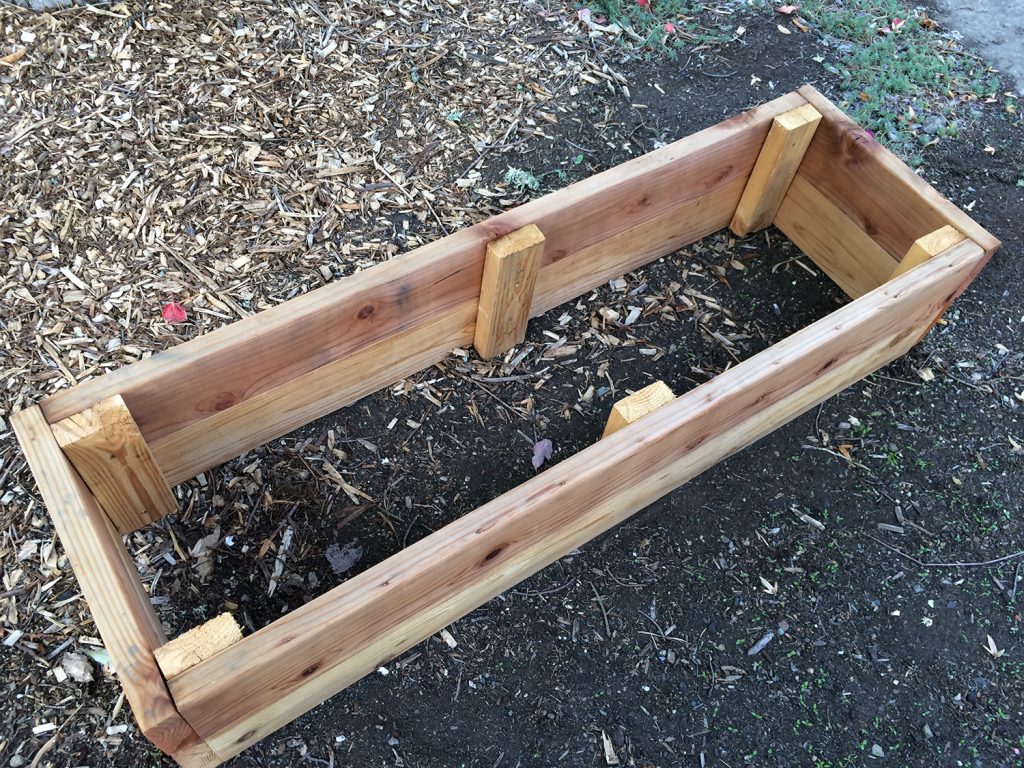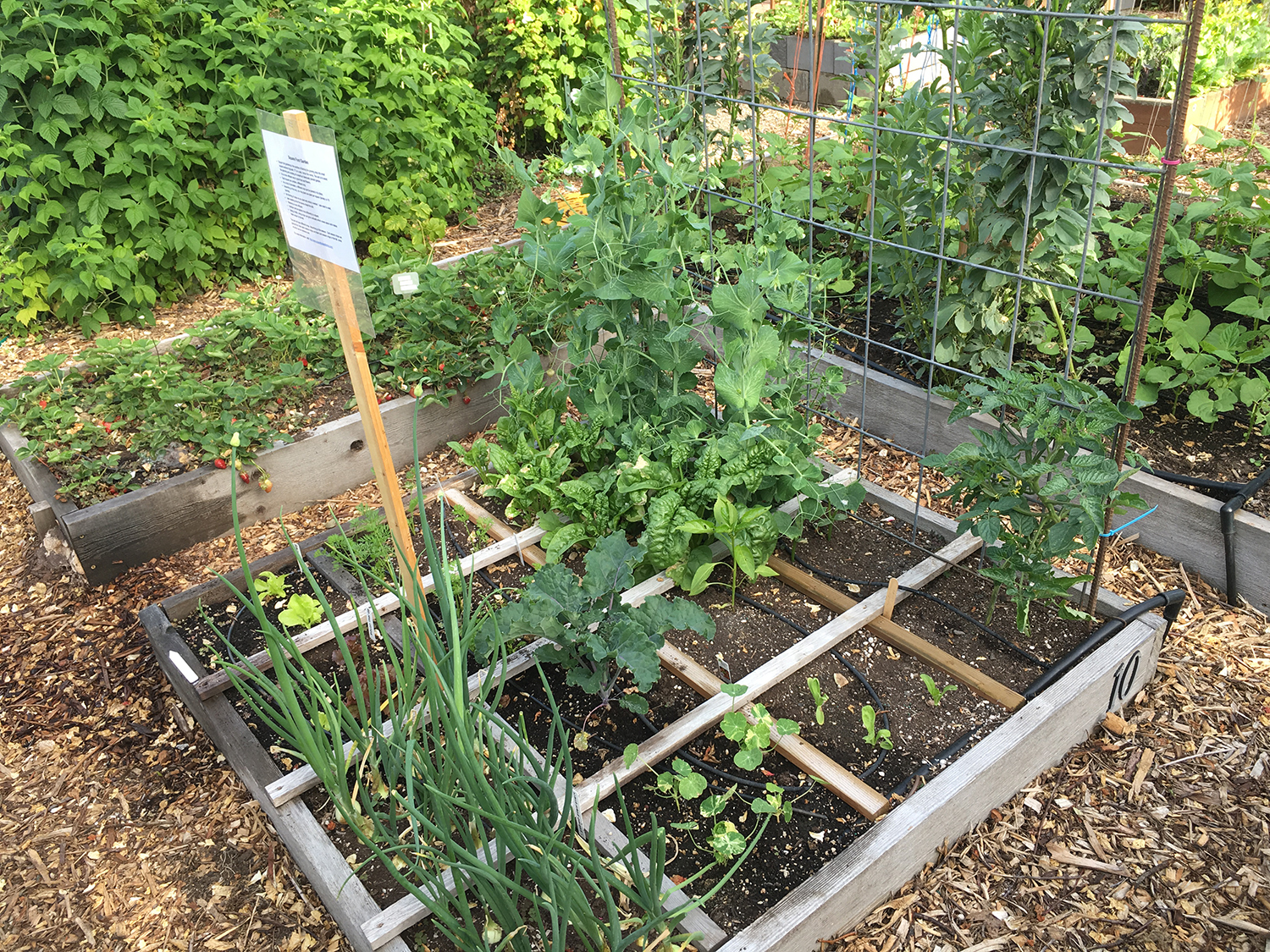CORVALLIS, Ore. – It’s a lucky gardener who digs into great soil right off the bat. Most often, it takes years of adding organic material to bring it up to snuff.
There is a short cut, however. For areas of the garden where you need the best soil, filling a raised bed is a quick solution.
“Raised beds are great, especially in western Oregon where gardeners deal with mud and rain,” said Brooke Edmunds, a horticulturist with Oregon State University Extension Service. “In urban areas, we typically have soils of poor quality. Raised beds allow you to build up and get a good root system despite that.”
How you build a raised bed depends on personal preference and resources. Making an unframed bed is the easiest and cheapest way to go. But because there’s no enclosure, you’ll work harder to keep it in place. Additional soil and organic matter will need to be added more often since erosion washes it away. And because of the slope, unframed beds take up more space, which can be at a premium in urban gardens.
Start a mounded bed with a pass or two of a rototiller to 2 to 3 inches deep or more, said Edmunds, author of Extension’s just-revised free publication Raised Bed Gardening, which includes detailed instructions. If you prefer, use a spade to turn the soil. Add a 2- to 3-inch layer of compost and dig or till that in. Shape the beds, leaving sufficient pathways.
Building a contained raised bed can be more expensive, depending on the materials chosen, but could be worth the extra cost because you won’t have to add soil as often. Most commonly, wood is used. You’ll want to avoid treated wood, such as old pressure-treated lumber or railroad ties, because they may leach chemicals into the soil. Cedar and redwood cost more, but last longer than other wood. Concrete bricks, thick edging pavers or retaining wall blocks are also possibilities. Even rocks will work if you’re adept at stacking them.
When designing a bed, keep the width at about 4 feet so that you can easily reach into the middle. Stepping into the bed will compact the soil and reduce drainage capacity. Plus, it’s a hassle. For children, build an even narrower bed. If someone in a wheelchair will use it, have the sides the appropriate height to accommodate them. Other than that, shape the beds to fit the space, again being sure to leave adequate space for paths.
Whether you mound a bed or frame it, Edmunds recommends buying fresh soil mix either bagged from a garden center or in bulk from a landscape company. Avoid top soil, which typically doesn’t drain well and isn’t rich in organic matter. If purchasing in bulk, try to take a look in person. It should be loose and fresh smelling, and shouldn’t contain rocks or have hard clods.
“The most important thing people should know is to buy good soil,” she said. “You need good drainage and high organic matter, especially when growing edibles.”


